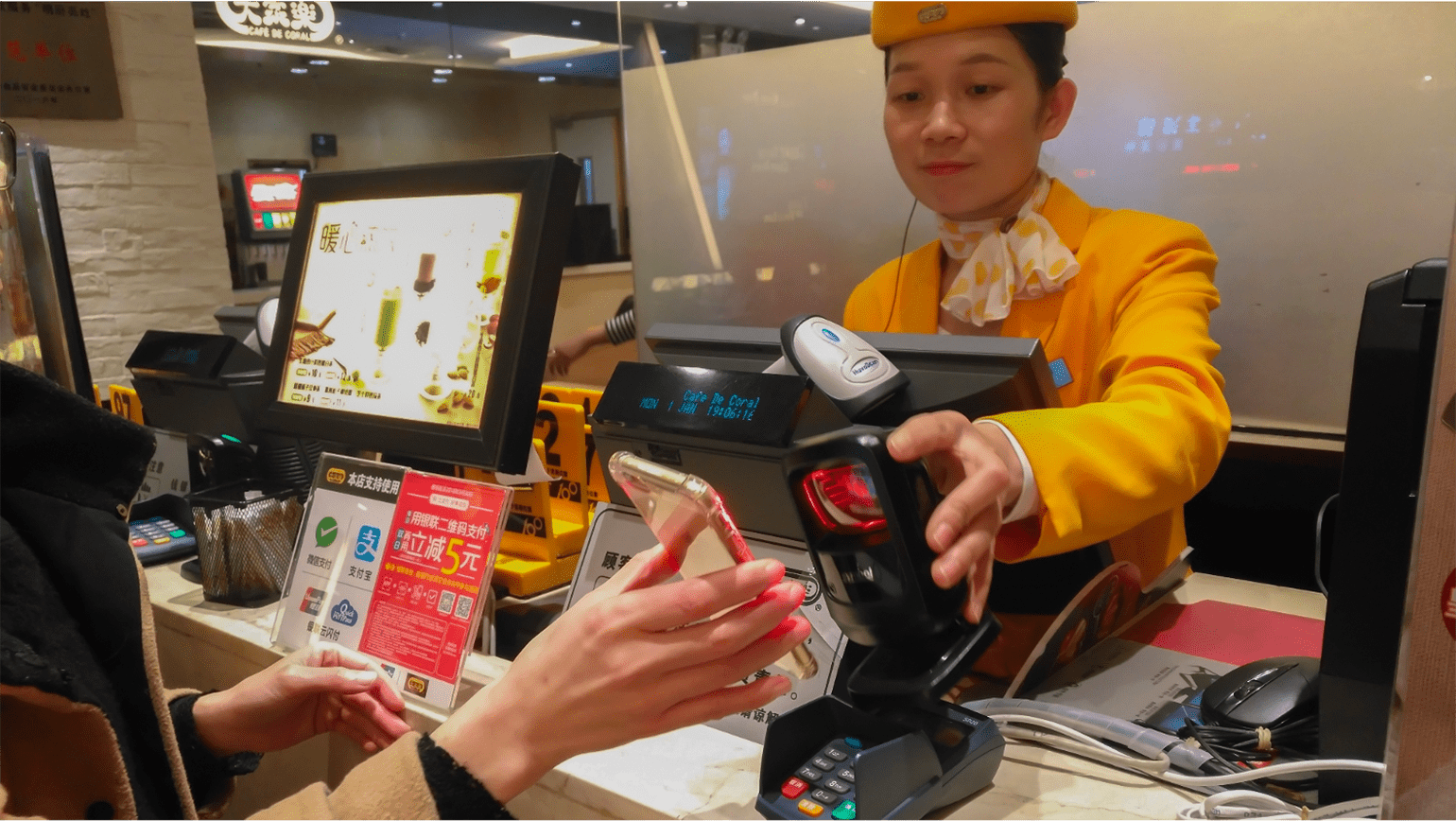I am decidedly not a “money person.” While I appreciate money for what it does—enabling me to pay my mortgage, go on vacation, treat myself to a mani/pedi—I have no interest in playing the stock market or figuring out the latest investment strategies for my savings.
But lately words like “bitcoin”, “blockchain” and “cryptocurrency” keep popping up in my newsfeed, indicating that this is something we should all pay more attention to. Even the Federal Reserve Bank is starting to take notice, recently releasing a whitepaper on a U.S. central bank digital currency.
To make sense of these mysterious terms I sat down with an expert within the industry, Matthew Le Merle of Blockchain Coinvestors.
DBG: Why the need for “digital money”?
MLM: Over the last three decades we have lived through the digitization of the world’s communications and content. Today, every industry has been greatly impacted. Most of us use the internet every day for activities such as online shopping, Zoom calls, watching streamed entertainment, texting, messaging and more.
Conversely, financial transactions are still handled nearly unchanged from the way they were managed 20 years ago. Believe it or not, most of the world’s assets are still paper-based and most of our monies rely upon aging infrastructure that is slow, costly and unfit for a digital world.
DBG: There seems to be a lot of terms associated with digital money that many people don’t understand. What exactly is Blockchain? Bitcoin? Cryptocurrency?

MLM: They are all different. Part of the confusion stems from the fact they too often they get mixed together.
Blockchain, or distributed ledger, is the foundational technology that is being used to enable this new world of digital monies, commodities and assets. It has at its core a ‘protocol,’ or set of rules, that establishes exactly how it, and the software which is built on top of it, will operate.
Bitcoin was the first digital money built on top of the blockchain protocol. It was a breakthrough because the world’s governments, banks and payment companies had been trying for decades to create digital cash. Satoshi Nakamoto, the purported inventor of bitcoin, made a huge leap in designing a money that could work reliably for anyone in the world.
The words cryptocurrency and crypto assets indicate that unlike ‘normal money and assets’ these are fully digital and use strong encryption technology.
Analyst and consulting firm PwC wrote this report that does a nice job explaining the three terms.
DBG: How will digital money transactions change how money is exchanged today?

MLM: Sometimes it is easiest to appreciate the future if you first focus on how things work today.
Here is an example. My wife and business partner Alison and I have five children. Suppose we want to send $100 to one of them studying in England. First, we will pay an outbound wire fee to our US bank — international wires can cost around $27. The $73 left over will get converted to the English pound at the bank’s exchange rates, which may or may not be advantageous. Then the UK bank will often charge an incoming wire fee on top of that. Furthermore, it will take the better part of a week, requiring phone calls for approval and more.
Meanwhile, it is already possible to transfer money through a digital wallet in almost no time, at almost no cost. Hence the power of digital money in action.
DBG: You and Alison founded Blockchain Coinvestors nearly 8 years ago. Tell me more about why you invest in blockchain companies, most of which are still in their very early stages?
MLM: For 35 years, both of us have been working in Silicon Valley on the digitalization of various industries and companies as internet, fintech and digital content investors. Alison has a deep finance and banking background, as the former CFO of Barclays Global Investors (now BlackRock), as a private equity investor, and as an advisor to Fortune 500 CEOs.
It was Alison that realized not only was bitcoin the solution to the holy grail of payments (a fully electronic money)—but also if one could make a currency like bitcoin, then it was possible to digitalize any type of money or asset. In 2013, that realization launched our personal journey into blockchain. Today, our firm, Blockchain Coinvestors is a world-leading blockchain fund-of-funds and co-investment program with an AUM of more than $450 million.
We are very lucky to have built a position of leadership in what is becoming perhaps the highest returning asset class of all time. Visit us at Blockchain Coinvestors to find out more.


